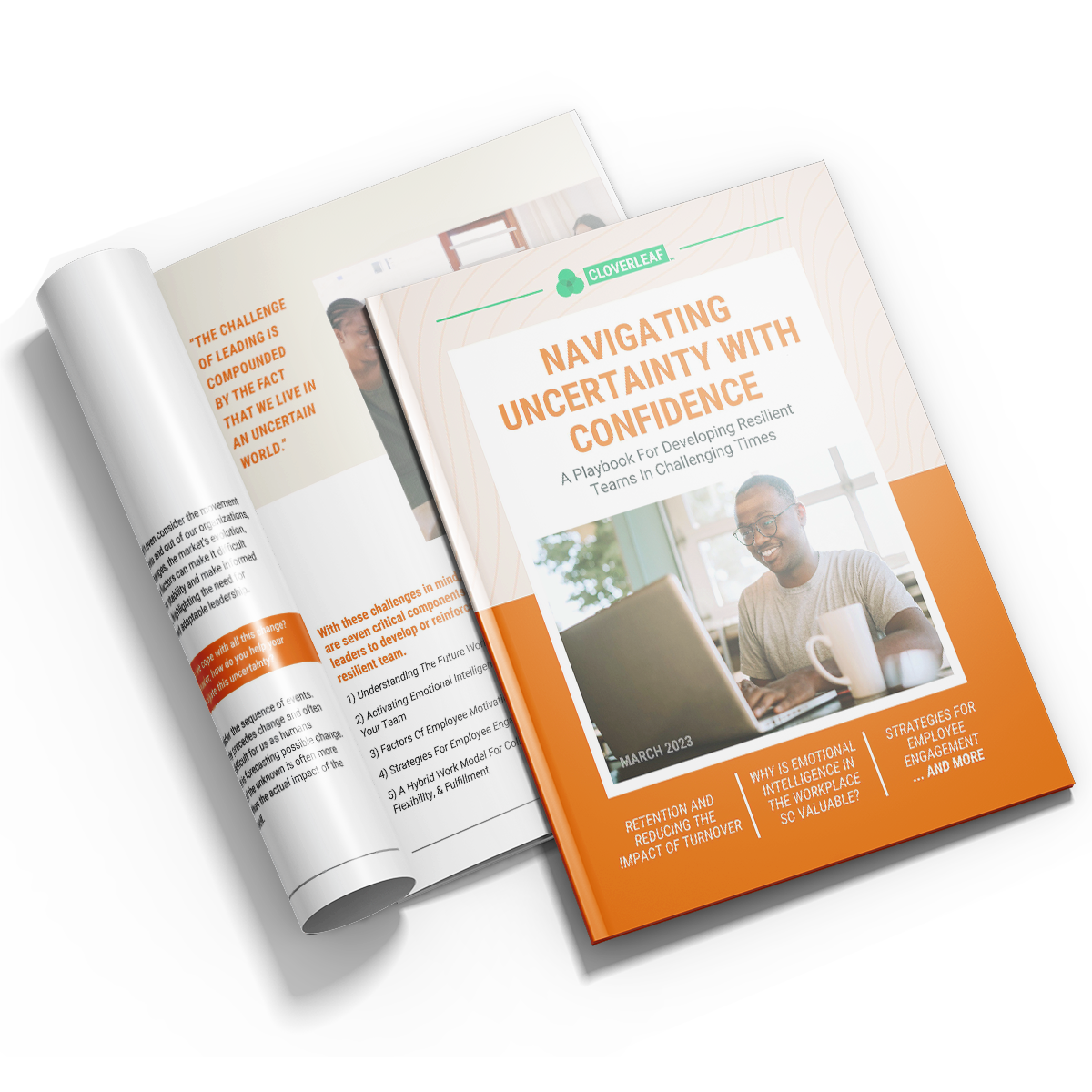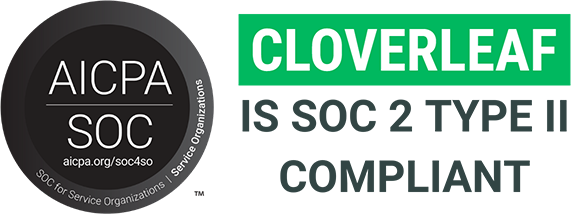Recognizing burnout and identifying the main causes of burnout are just the first steps. Burnout recovery requires time and effort to reverse the physical and mental harm caused by burnout.
The 5 Stages Of Burnout Recovery
Physiological Recovery
To start recovering from burnout begins with recognizing and addressing the physical symptoms. First, assess and focus on the following areas:
- Sleep
- Diet
- Physical Activity
It might sound silly or oversimplified, but getting enough sleep is the most important step. Research is clear: seven to eight hours of sleep can reverse emotional exhaustion and increase energy levels.
Physiological recovery is the foundation for burnout recovery, and getting enough sleep is essential for the body to repair and regenerate. Track how much sleep you get on average, and make a plan to increase it to the proper amount.
Psychological Recovery
Alongside physical recovery, it’s crucial to prioritize your mental health during burnout recovery. Here are four helpful tips to promote mental health recovery:
- Avoid multitasking and instead focus on completing one project or task at a time.
- Carve out time for relaxation and engage in activities that don’t cause mental stress.
- Pursue personal growth and learning by mastering a new skill or area of interest.
- Take ownership of your decisions and prioritize what’s important or interesting to you. Make time for activities that promote recovery from mental exhaustion.
One way to help you or your teammates work more intentionally and efficiently is to understand your chronotype or, in other words, one’s energy rhythms. Understanding when you and your team members are most alert and energized can help you do your best work during optimal times throughout the day.
Evaluate, Systematize, & Prioritize

If you are constantly juggling work, family, and personal commitments, feeling like you never have enough time or energy? It’s time to take a step back and evaluate your demands on resources.
Start by thinking about everything in your life in terms of the demand on your time, finances, and relationships with loved ones. Map out these demands and prioritize where you will place your resources. By being intentional about creating the right balance, you can avoid burnout and live a more fulfilling life.
Communicate Your Limits
Too often, many people feel pressure to say “maybe” when they should say “no.” Workplaces must create environments that permit individuals to communicate their limits effectively by building psychological safety with their managers, teams, and individuals.
Managing expectations and workload can happen by scheduling regular check-ins to discuss priorities and encouraging team members to be assertive and confident in expressing their needs.
Remember that saying “no” is not a sign of weakness; it’s necessary to ensure you can do your best work. Rather than adding new projects to your plate, focus on what’s most important and discuss deadlines and necessary resources. By setting clear boundaries and prioritizing your workload, you can achieve a healthier work-life balance and prevent burnout.
Customize Your Work
Today’s companies are looking for employees willing to take ownership and feel empowered to craft their work in a fulfilling way. This proactive ownership of work is called job crafting and allows employees to control their work more and minimize their sources of burnout.
Employees should not fear having honest conversations with their employer about boundaries in their work relationships. These idiosyncratic agreements are key to creating a healthy work-life balance that supports your well-being and productivity.
Leaving your employer may seem like a quick fix for burnout, but often it won’t solve the root causes of your stress and exhaustion. If you’re not proactive about setting boundaries and structuring your work to minimize burnout triggers, you may face the same problems in your next job. Instead of running away from the problem, take a proactive approach to preventing burnout.

HUMAN SKILL PROGRAMS ARE HITTING LIMITATIONS...
5 THINGS THIS FREE RESOURCE WILL TEACH YOU
- Close the widening gap between learning and on-the-job application
- Overcome the tension of pausing productivity for development opportunities
- Integrate learning so it is actually in the flow of work
- The evolution of human skill development
- What Automated Coaching™ is and how it works.
Creating a Healthy Workplace: How Employees and Employers Can Work Together to Prevent and Solve Job Burnout
Employees:
Are you feeling overwhelmed and burned out at work? Don’t ignore the warning signs. Your situation won’t get better until you take care of yourself mentally and physically.
Start by being proactive in knowing the symptoms and triggers of burnout. Symptoms can include exhaustion, cynicism, and a lack of motivation. Triggers may include a high workload, lack of control, or interpersonal conflicts. Once you’ve identified your burnout symptoms and triggers, you can take steps to address them.
To the extent that you can, structure your job to support your well-being and productivity. Prioritize tasks and responsibilities to align with your strengths and interests. This might mean taking on new projects or collaborating with team members when tasks do not align with your core motivations. Workplaces that help their team members do their best work, can significantly increase engagement and productivity.
Employers:
Leaders must be realistic with the job demands they place on employees and be willing to customize an individual’s work. Studies show that the number one source of burnout is unrealistic job demands.
Permit managers to help team members job craft, negotiate idiosyncratic deals, or request flexible work arrangements that allow you to balance work and personal responsibilities.
Proactive communication and support are also key to preventing burnout. Managers can create a supportive work environment that fosters well-being by having open conversations with team members to understand their burnout triggers.
Professional and personal growth is not a one-time event. Cloverleaf contextualizes assessment data to provide automated coaching that increases managerial effectiveness, strengthens team collaboration, and inspires personal development in the workplace.
We combine the data from 10 popular motivational, behavioral, and personality assessments to create a profile on individual users on a team. These profiles help provide actionable and insightful coaching prompts to help team members adapt their leadership, communication, and behavior in real time.
Preventing burnout is not a one-time task but an ongoing commitment to every team member’s well-being and career satisfaction. By understanding the burnout triggers and motivations of yourself and teammates, you can improve communication, boundaries, and the work environment to support mental and physical health.
Preventing burnout is not just good for you – it’s also good for your company. When employees are well-rested, engaged, and productive, everyone benefits.
You are in the comfort of your bed and having extraordinary dreams. Then your alarm clock jolts you awake. And you suddenly realize that you must go to work again. You might hit “snooze” one or ten times before finally motivating yourself out the door.
If this sounds like you, you have something in common with thousands of Americans– you dread going to work.
But there are actionable things you can start doing today to ease these feelings. Continue reading to learn how to lessen your dread and improve your job!
One of the most significant challenges remote employees face is the development of professional familiarity, which entails gaining insight into their colleagues’ work habits, strengths, values, and preferences related to their jobs. – fastcompany.com
At the heart of successful remote collaboration lies the ability to foster self-awareness and emotional intelligence within team members, which is essential for building strong connections and overcoming the social distance that can arise in displaced team environments.
This blog post will explore the importance of self-awareness and emotional intelligence in remote collaboration and strategies for engaging and motivating globally-dispersed teams.
12 Things to Do When You Dread Going to Work
If you dread going to work every day, here are twelve things you can try to mitigate your feelings.
Talk To Your Boss About Your Workload
Talking to your leader is the best step if you feel overworked or stressed. They might not be aware of your feelings and could help reduce your load or give you other assignments.
Create A Daily Routine For Yourself
When you have a daily routine, it can help ease feelings of dread. You know what to expect each day, and it becomes more predictable.
Set Goals For Yourself
Rather than feeling overwhelmed at work, try setting smaller goals that you can accomplish each day or week. This will make you feel more productive and in control.
Try To Identify The Issue
The first step is to try and identify what it is about the job you hate. Is it the people you work with? The hours? The commute? Once you know what is causing your angst, you can start taking steps to change it.
Knowing is half the battle, so start by acknowledging what makes you dread work.
Negotiation and leadership experts have long advocated for perspective-taking—attempting to understand your counterpart’s thoughts, feelings, and motives. The result is reduced social distance. – hbr.org
If employees feel disconnected, it becomes more challenging to establish trust, maintain open communication, and foster a sense of belonging, which are all crucial for effective team collaboration.

Do You Want To "Dread-Proof" Your Workplace
Download the playbook to get:
- What The Future Workplace Looks Like
- How To Activate Emotional Intelligence Within Your Team
- Factors Of Employee Motivation
- Strategies For Employee Engagement
- A Hybrid Work Model For Collaboration, Flexibility, & Fulfillment
- The Power Of Coaching In The Workplace
- How To Reduce The Impact Of Labour Turnover
The Challenge Of Connecting And Coordinating In Dispersed Teams
In dispersed teams, connecting and coordinating with one another can be daunting. Differences in time zones, work schedules, languages, and cultural backgrounds can all contribute to the challenges of remote collaboration. As a result, team members may find it difficult to develop strong working relationships, share knowledge effectively, and stay aligned with their colleagues’ goals and priorities. This can lead to miscommunication, confusion, and a decline in overall team productivity.
In response to the diverse needs of its global community, Cloverleaf is refining its platform by integrating core features and functions in multiple languages. Currently, users can select Spanish or German within their dashboard and enjoy the Cloverleaf experience in their chosen language. This enhancement aims to provide a more inclusive and accessible experience for users worldwide.
Set Realistic Goals
If you’re someone who likes to achieve goals, then set some realistic ones for your job. Don’t aim to be the CEO overnight, but rather try to be the best at your current position. Not only will this give you a sense of accomplishment, but it will also show your superiors that you’re serious about your career.
Start Taking Care Of Yourself
If you’re not taking care of yourself, it will be challenging to take care of your job. Make sure to get enough sleep, eat healthy foods, and exercise. This will help reduce your stress levels and make you feel better overall.
Create A Positive Mindset
To enjoy your job, you need to have a positive mindset. Don’t focus on the negative aspects but try to find the good in them. Once you do, you might start to look forward to going.
Determine If Things Can Change
Lastly, if you’ve tried the tips above and still dread going to work, determine if things can change. Talk to your boss about getting a new position, finding a new job that’s a better fit, or see if there are any ways you can change your current situation.
Remember That No Job Is Perfect
One thing to keep in mind is that no job is perfect. You will have good days and bad days, but it’s important to remember the good ones. So, don’t dwell on your job’s bad aspects, but try to fix them. And if you can’t fix them, find ways to make them more tolerable.
Find The Positives In Your Work And Focus On Them
While it’s easy to focus on the negative aspects of your job, try to focus on the positives instead. This can be difficult but worth it in the long run. Once you start seeing the good in your work, you might enjoy it more.
Do Things You Enjoy During Your Days Off
Finally, if you want to enjoy your job more, try to do things you enjoy outside of work. This can be anything from reading, going for walks, or spending time with friends and family. Doing something you love will help reduce the stress levels caused by work.
No one should dread going to work but try the tips above if you struggle with these feelings. They can help make your job more enjoyable and less stressful.
How to Determine if It’s Time to Quit
If you’ve tried the tips above and still dread going to work, it might be time to quit your job. This isn’t a decision to be taken lightly, but it might be the best option for you if things continue to be unbearable.
To make a career change decision, ask yourself the following five questions:
Is my job causing me physical or mental health problems?
Do I dislike my job for reasons that can’t be changed?
Are there other jobs available that are a better fit for me?
Can I see myself enjoying my job if the negative aspects are fixed?
Do I have enough savings to live for six months without a job?
If you answer yes to any of these questions, it might be time to quit your job. Talk to your boss about your concerns and see if there’s a way to fix the situation. If there’s not, then it might be time to move on.
Below are some of the most important things you should consider before turning in a two weeks notice.
You Frequently Approach Work With Exhaustion Or Burnout
One of the biggest signs that it might be time to quit your job is if you frequently approach work with exhaustion or burnout. If you can’t even muster up the energy to get out of bed, then it’s definitely time to take a step back and identify the problem.
You Actively Look For Ways To Avoid Work
If you find yourself actively looking for ways to avoid work, it’s also a sign that you may need to quit. This includes browsing the internet, playing games on your phone, or taking too many breaks.
Your Job Drains All Of Your Energy
If your job drains all of your energy, more than likely, it’s not a good fit. To be productive, you need to have some energy left over at the end of the day. If your job takes everything you have, it’s time to find something else.
The Work Environment Has Become Unhealthy
If the work environment has become unhealthy, it may be time to pursue other work. This includes being constantly harassed, bullied, or feeling unsafe. If you have tried to address the situation, but it hasn’t improved, it’s time to move on.
You Hate Your Job For Seemingly No Reason
If you hate your job for no reason, it might be time to quit. This includes disliking your boss, the work itself, or the company. If these factors are causing you to dread going to work, it could be time to find something new.
You Feel Stuck
If you feel stuck in your job, it might be a good idea to end your employment. This includes feeling like you can’t advance any further or that there’s no room for growth. Moving on can be the best choice if you feel like you’re not being challenged anymore and there is no opportunity to keep growing.
You Don’t Picture Yourself There Long Term
It might be time to move on if you don’t see a future with your company. This could include seeing layoffs happening or the company going bankrupt. If you don’t see a future at your job, then it’s time to start looking for something else.
It’s Taking A Toll On Your Emotional, Mental and Physical Health
If your job is taking a toll on your physical or mental health, don’t keep working there! This includes having trouble sleeping, eating, or concentrating. If your job is causing you physical pain and mental anguish, it could be time to move on.
Everything Feels Overwhelming
If everything at work feels overwhelming, you need to understand why. This includes feeling like you can never do enough or being constantly behind. If you can’t keep up, it might be time to find something else or initiate a conversation with your leader.
You’re Only Staying For The Money
If you’re only staying for the money, you need to assess if there are additional motivations for staying. If not, it is probably best for you and your team if you start looking for new work.
You Procrastinate More Than Work
If you procrastinate more than you work, it might be time to quit. This includes spending more time on social media, browsing the internet, or playing games on your phone. If you can’t focus on your work, there’s something you dislike about it. Pursuing new opportunities may be your best option.
You Dread Going To Work
Lastly, it might be time to quit if you dread going to work. This includes feeling stressed out, anxious, or depressed. If work is the last place you want to be, you need to figure out the issues, why you feel this way, and if you have taken appropriate action to resolve these problems.
How to Find Work You Will Love
If you’re struggling to find work that you love, here are a few tips to help you out:
Figure Out What You Love
The first step is figuring out what you love. Do you love working with people? Or do you prefer being alone in a quiet space? Once you know what you love, finding work that matches your interests will be easier.
Research Careers That Match Your Interests
After you identify exciting work, it’s time to research careers that match your interests. There are many different career options, so it’s important to spend time considering your options.
Try Out Different Careers
Once you have an idea of the careers that interest you, it’s time to try them out. Many companies offer internships or job shadowing opportunities. This will allow you to see if the career is a good fit for you.
Talk to People in Your Field
Once you’ve narrowed down your list of careers, it’s time to talk to people in your field. This includes talking to friends, family members, and professionals in your chosen field. They can give you an inside look at the job and how to prepare for it.
Know Your Strengths
Your strengths are qualities that come most naturally to you. Every individual possesses strengths to different degrees, giving each person a unique strengths profile. When you know your strengths, you can improve your life and thrive.
Are you unsure what you’re strongest gifts are? Start by taking a CliftonStrengths® Assessment on Cloverleaf.
Take Action
The best way to find work that you love is by taking action. This includes applying for jobs, networking with professionals, and learning new skills. If you’re willing to put in the effort, you will find work you love.
Conclusion
Returning to the work routine after the holidays, vacations, or long weekends is hard. Feeling the “Sunday Night Scaries” can be expected. However, if you truly dread going to your job the next day and will do nearly everything not to show up or log in, it’s time to figure out why and what you’re going to do about it.
According to Work It Daily, you need to locate the source of that dread. Is it the difficult boss, conflict with teammates, low pay, or long commute? Or is it deeper, and you feel that your work does not align with your strengths or values?
Work will never be perfect. However, you can improve your work environment by building an action plan. Need a better commute? Find remote work options with your current role, or look for a new employer closer to home.
Are you struggling to see eye-to-eye with your boss or with your teammates? Cloverleaf can help you to understand one another and work through sources of conflict.
If the idea of Automated Coaching™ is new to you, or you are curious about how personality tests for employees can help you understand your individual strengths and those of your teammates, start a free trial today.
Your career is a journey, so make an effort to find meaningful, fulfilling, and enjoyable work.

